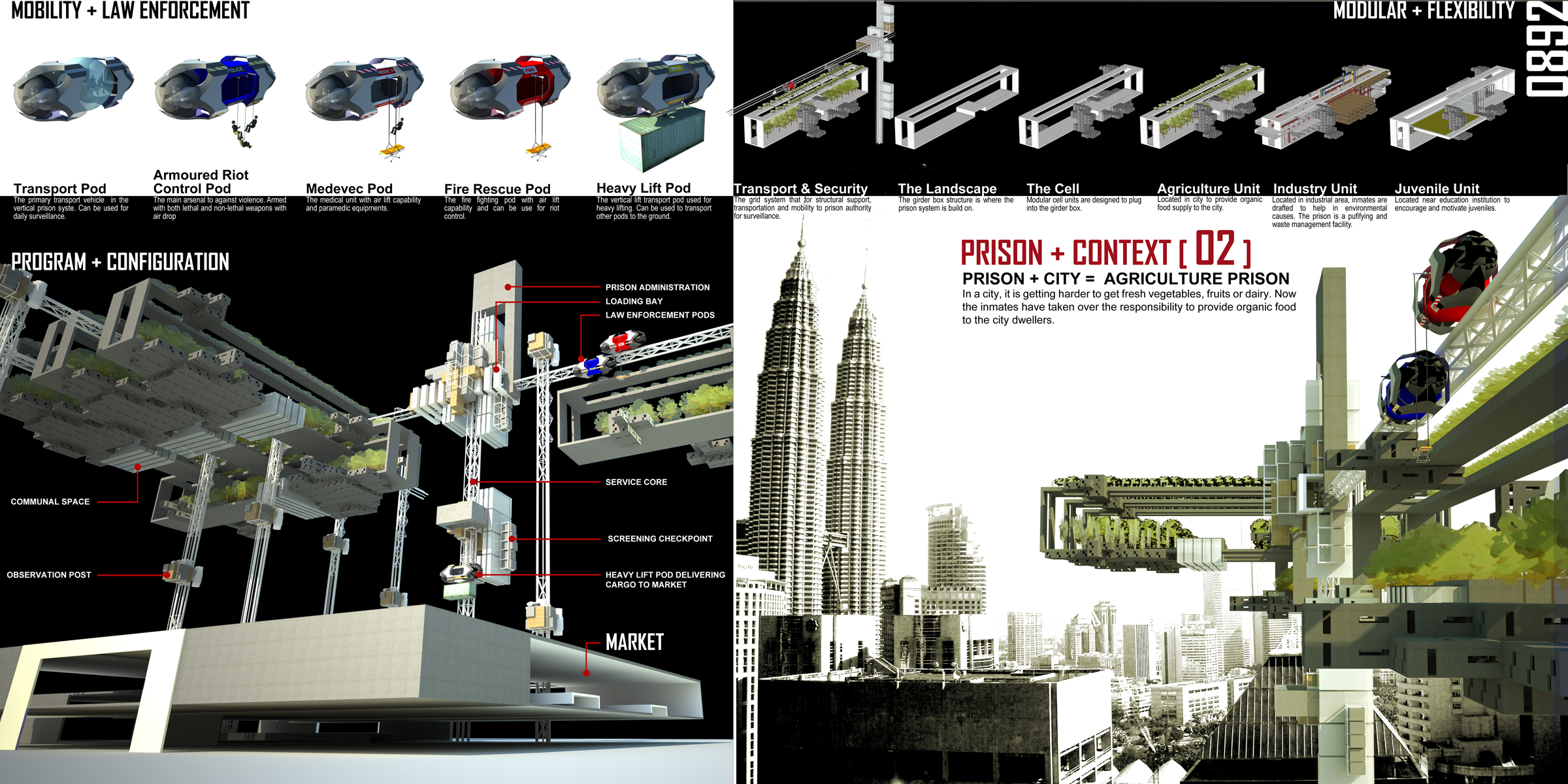I remember the first time that I
was drawn into critical discussions with my fellow architecture students on the
role of an architect or urban designer in shaping the society and the city as a
whole. It was during my second year in architecture in which the scope of the
architecture studio increased from a single user dwelling to mass user program
that require contextual studies of the given site. Back then, my lack of
exposure in the built environment as well as my naïve mindset of finding the correct or proper method to design prompted nothing more than the regular set back
from boundary, acquire the right plinth area and subsequently extruding the
area into a standard block with fancy façade treatment. The program was simple
enough to develop; if the given site is close to a tourist attraction, a
visitor centre or a gallery showcasing the local products and if it is close to
nature, an observation tower. It wasn't wrong but there were
multiple variations of the same concept or similar programs done by other
students.
The word radical was not in my
architectural vocabulary until I was invited to attend a joint student committee
meeting in another local university in Malaysia, University Kebangsaan Malaysia
(UKM). I was introduced to the student president of UKM, Beh Ssi Cze who won
the Evolo 2010 Skyscraper Competition along with two of his peers. It didn’t
take long to locate the winning entry as it was exhibited proudly in the
faculty’s atrium, and rightly so given that Evolo is an international
competition of high prestige. The exhibition space was soon filled with my
peers from Taylor’s University, whispering and mumbling our “critique” of the
exhibited work. It wasn’t the rendering or graphic that impressed us nor the
drawings and diagrams that was meticulously drawn. No, it was the sheer title
of Vertical Prison that garnered most of our discussions. The concept itself
was shocking to me at the time, given the lack of structural support, aesthetic
value and more importantly, the feasibility of the entire project in our
society!
Evolo 2010 Skyscraper First Prize Entry: The Vertical Prison. Image Courtesy of Evolo
Credits: Chow Khoon Toong, Ong Tien Yee, Beh Ssi Cze
The concept of a vertical prison was
so radical it was difficult for me to comprehend back then. It became a common topic of discussion that I had with my peers for the following
semester. Those discussions soon led to our own radical and absurd ideas of
what a city needs and how it should be planned. The proposals ranges from a
floating city, an urban farm, an agriculture city and self-containing urban
city to name a few. I begin to realize that there are more than one correct method of designing and ideas, no matter how radical, should not be taken for
granted. Ironically, the Vertical Prison liberated my own design prison of a
safe and calculated approach towards design and planning. While I still believe
that there is nothing wrong of designing to the conventional method, my
interest soon diversified into other methods of designing and thinking about a
city.
Fast forward four years from my
first encounter with the Vertical Prison, my interest in urban planning and
design led to my enrolment in UDES0004 – History and Theory of Urban
Development and Design. I am hoping to enrich my knowledge on existing cities
and how it was formed as well as the concepts behind successful urban planning
and design. I believe that it is important to understand the fundamental
theories and histories in urban development in order to analyze and project the
ideas for a new blueprint in designing cities. This blog is created to document
my thoughts and progressive learnings of urban development and design as well
as to generate an outlet to write about my other interests.


No comments:
Post a Comment